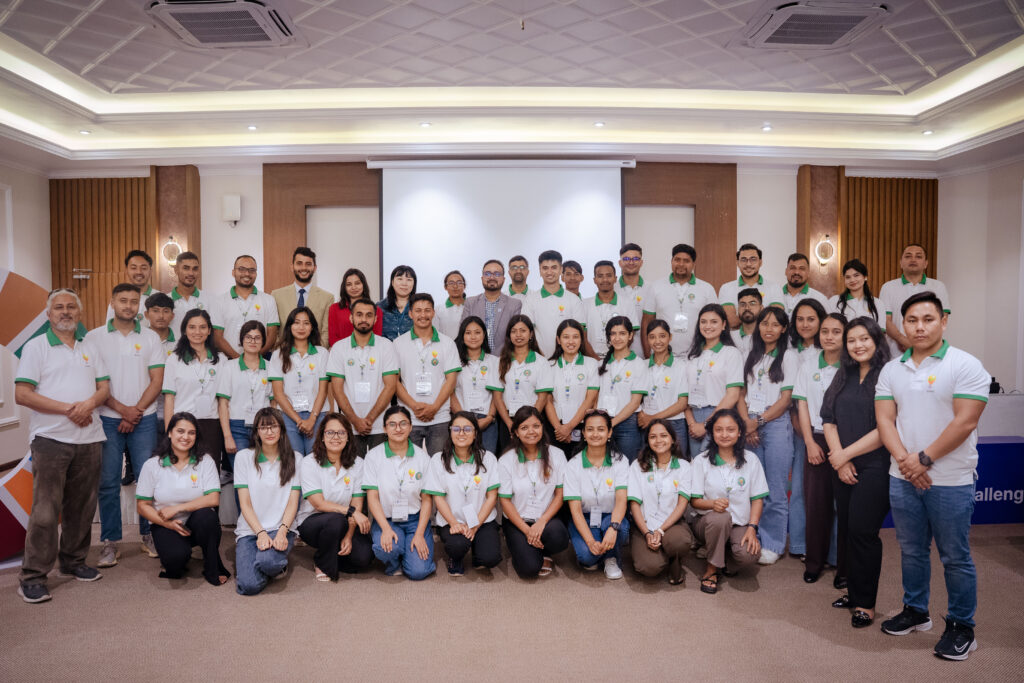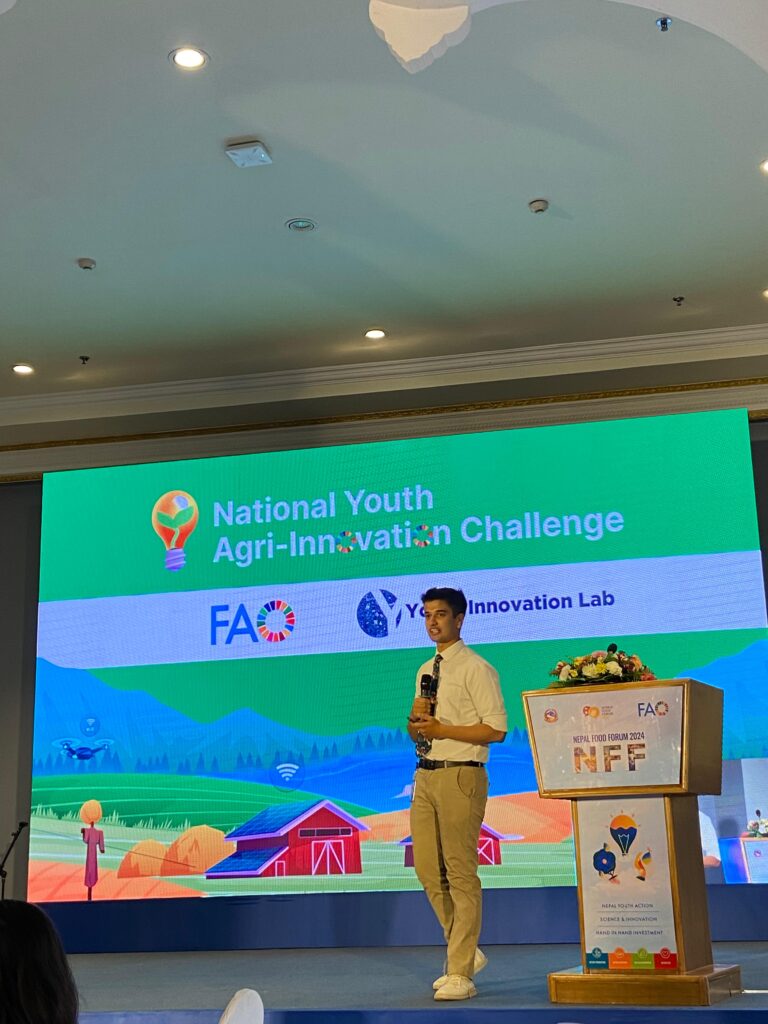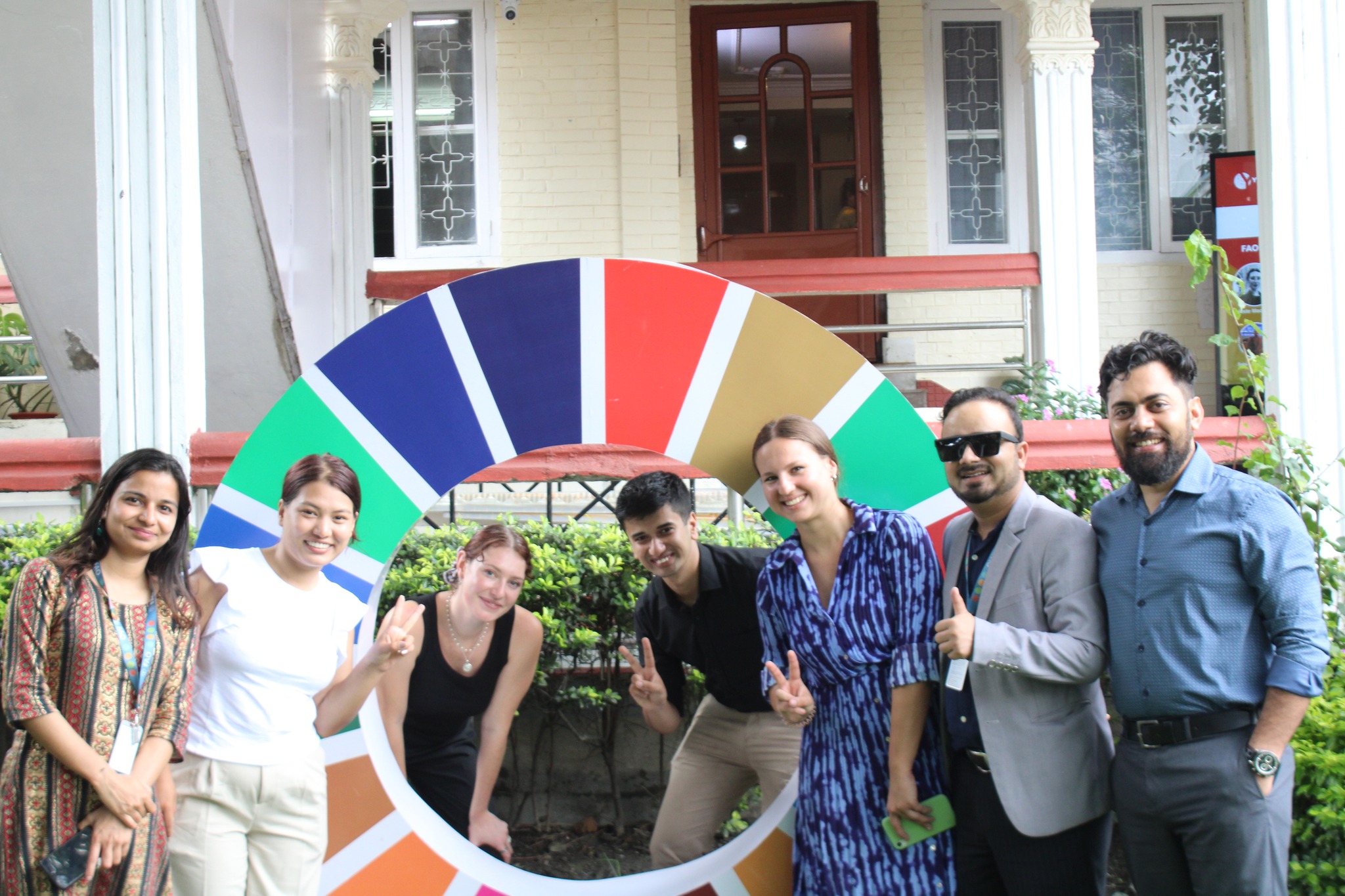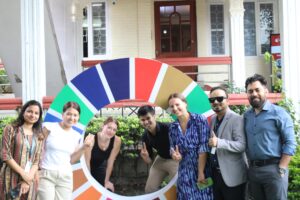When we talk about agri-tech, we often imagine drones flying over fields, mobile apps forecasting weather, or digital dashboards optimizing yield. Innovation, we’re told, is sleek, scalable, and coded.
But over the past few months, I’ve had the chance to look closer. And what I found was something more grounded, and more human.
As the lead for the National Youth Agri Innovation Challenge, a program supported by FAO and UNDP and implemented by Youth Innovation Lab, I worked closely with over 30 youth-led agri-tech startups from across Nepal. From climate-smart farming to value chain digitization, the ideas were exciting. But one pitch, shared across a modest bootcamp table, has stayed with me.
He didn’t walk in with a logo or website. Just slides filled with photos from his family farm and a calm confidence in what he was building. His idea? An organic mango orchard.
Curious, I asked him, “So what’s innovative about your mangoes?”
He smiled. “We harvest each one by hand,” he said. “One at a time. No shaking, no sticks, no shortcuts.”
I raised an eyebrow, “That sounds… traditional?”
That’s when he leaned forward, voice steady but passionate.
“Most farms use drop harvesting. They shake the branches or knock the fruits off with bamboo poles. It’s faster , you can get through a tree in minutes. But the mango hits the ground, bruises inside. The sugar distribution gets uneven, the texture changes. Sometimes it starts fermenting before it even reaches the market.”
“When we hand-pick,” he continued, “we choose the exact moment it’s ready. No damage, no chemical ripening. Just a better mango, sweeter, longer-lasting, and safer.”
He explained how their customers, small grocers, households, even hospitals, came back not just because the mangoes were organic, but because they actually tasted like mangoes used to. It took more labor. It took more time. But it also created more local jobs, preserved soil health, and gave consumers food they could trust.
That’s when it clicked: this was innovation. Quiet. Intentional. Rooted in place. In a food system addicted to speed and volume, choosing patience is radical.
Throughout the Challenge, I met dozens of founders like him, innovators whose tools weren’t always digital, but whose thinking was deeply sustainable.
- A team using discarded AC units to build low-cost cold rooms, reducing post-harvest losses for vegetable farmers.
- A group of young women creating botanical bio-pesticides with garlic, neem, and citrus , and teaching their neighbors to do the same.
- A cooperative experimenting with solar dehydration to preserve surplus produce, cutting food waste and adding value locally.
These weren’t MVPs chasing unicorn status. They were real people solving real problems with what they had. And more importantly, with what they valued

/
Too often, growth and innovation is measured by scale, speed, or slickness. But this experience reminded me that real innovation is also about alignment , with people, with ecosystems, and with long-term thinking.
Okay, but what does this have to do with the SDGs?
Everything.
We’re often told to “think big” when it comes to the Sustainable Development Goals, but maybe we also need to think small, and think local, and think slower.
- SDG 2 (Zero Hunger) isn’t just about producing more, it’s about producing better, in ways that preserve biodiversity, improve nutrition, and support smallholders.
- SDG 8 (Decent Work) lives in models like hand-harvesting, which prioritizes dignity and livelihoods over automation at all costs.
- SDG 12 (Responsible Consumption and Production) demands that we rethink not just how we eat, but how we value the food we grow.
When a young entrepreneur hand-picks mangoes to preserve their taste, reduce waste, and restore trust in what we eat, that is innovation. Even if it doesn’t trend on LinkedIn.
If we truly want inclusive, sustainable development, we must stop idolizing the shiny and start recognizing the sincere. Because not every innovation has a website.
Not every breakthrough makes headlines.
And not every visionary wears a blazer.
Some just carry a mango like it matters.




